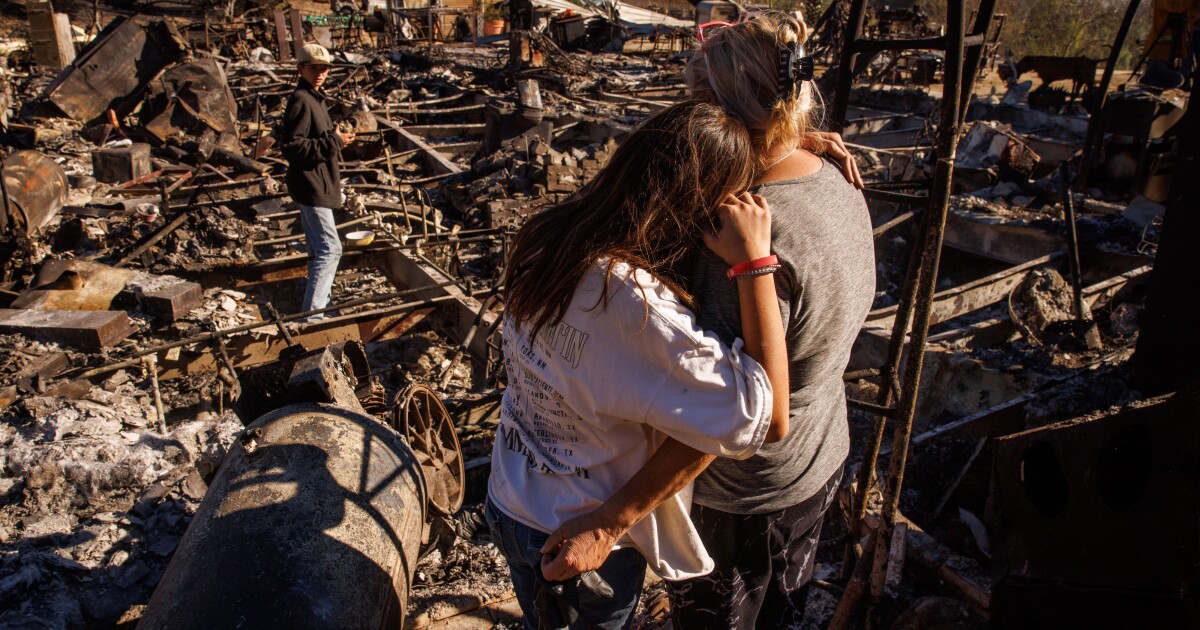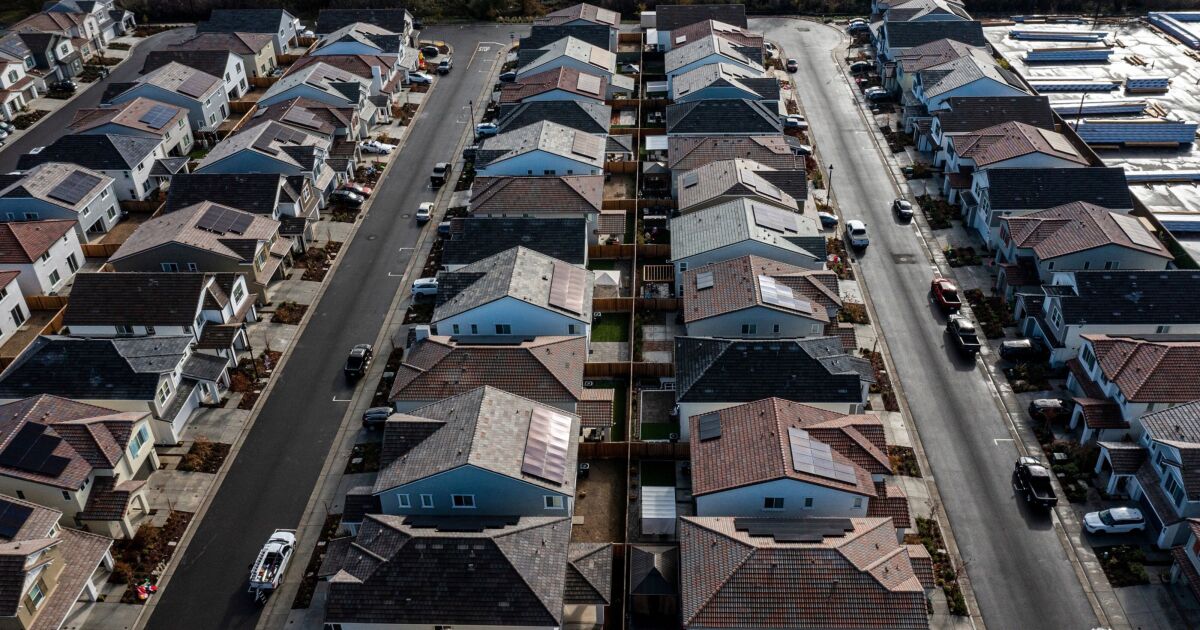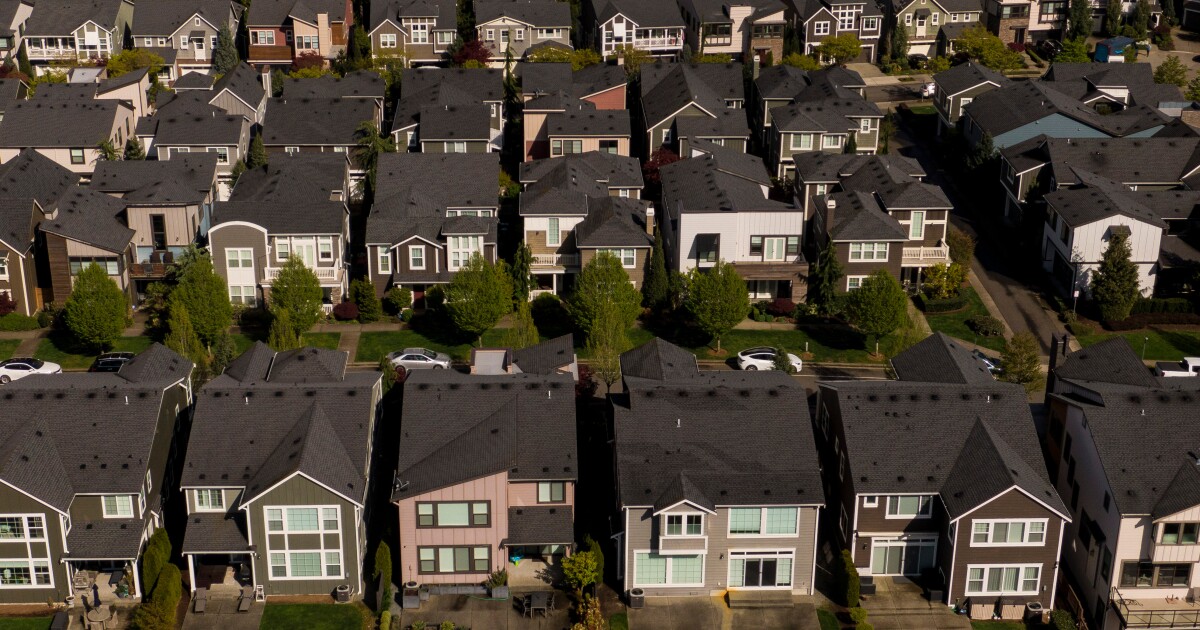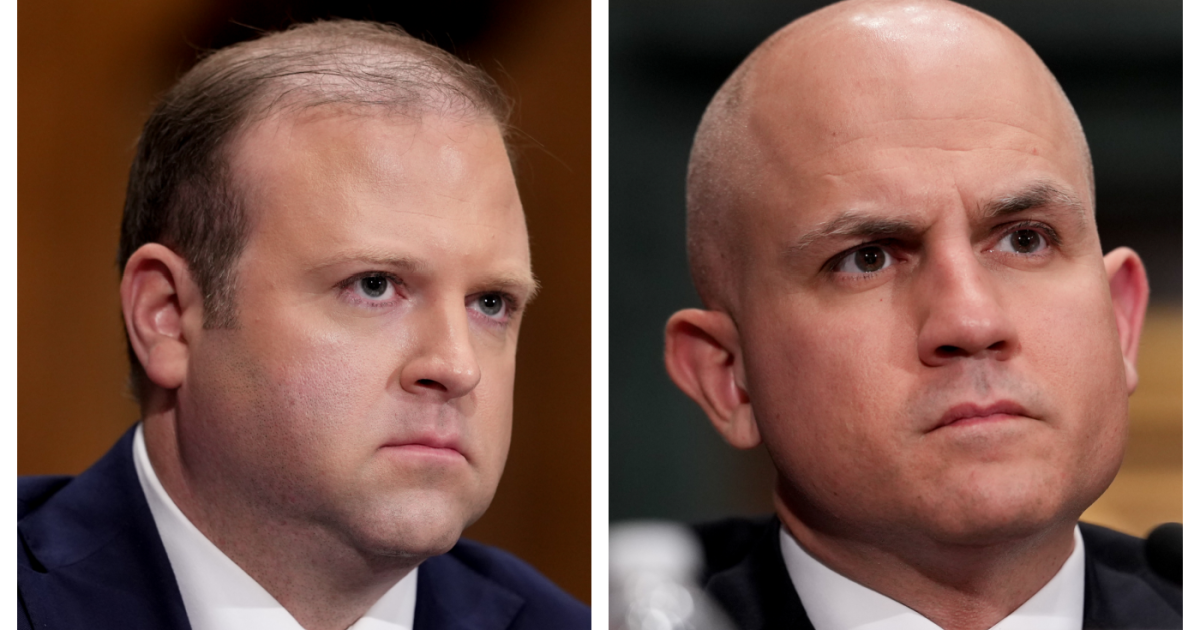
Above and beyond the obvious damage, wildfires levied a hidden cost on the finance industry: Mortgage lenders and investors lost more than $30 billion between 2020 and 2022, due to both
Researchers from the University of Southern California, Rutgers and Concordia University
Either way, wildfire risk negatively impacts cash flows for mortgages, said
The finance industry is hustling to understand the consequences of global warming, including more frequent storms, floods and droughts. Banks concerned about potential loan losses and impaired balance sheets have hired weather experts and catastrophe modelers to help estimate
In areas prone to wildfires, mortgages have gotten more expensive as lenders
While small, the difference suggests that banks and investors are
"What we've observed is that the risk cannot be only contained within the insurance industry," he said. "It is also spilling over into the mortgage industry."
Mortgage-backed securities are also beginning to reflect that risk. For investors, the paper introduces metrics to assess diversification of wildfire risk, as a way to determine which bonds are more or less likely to be affected.



